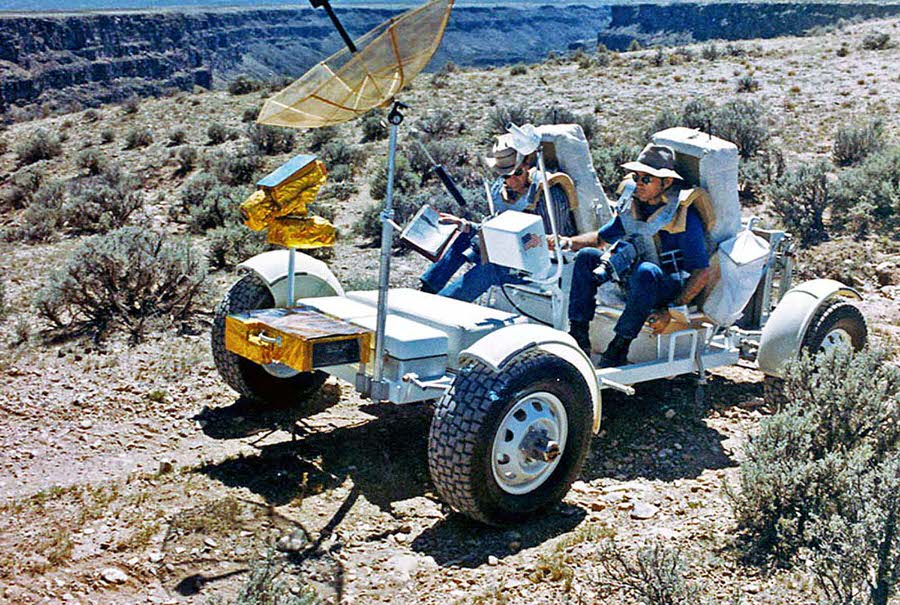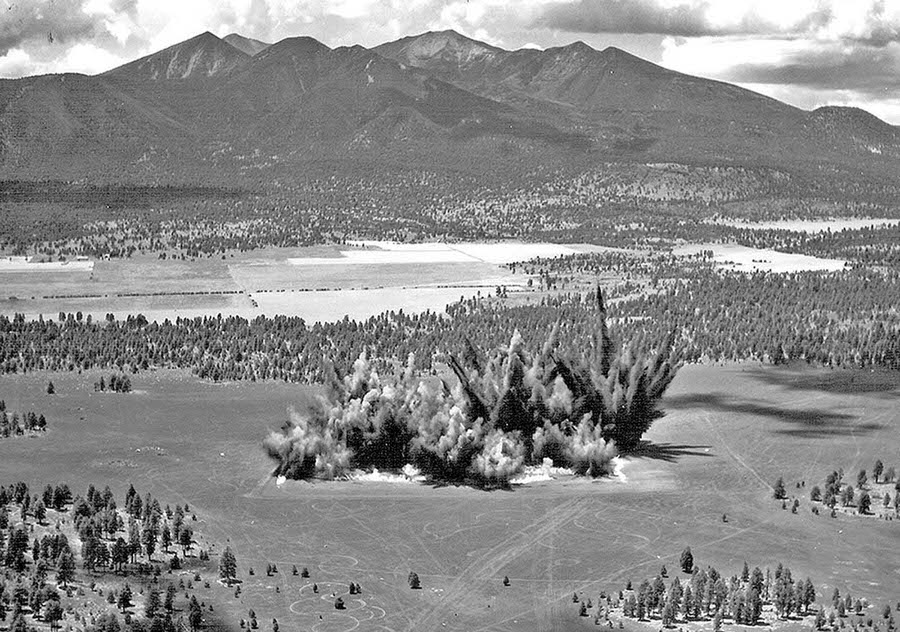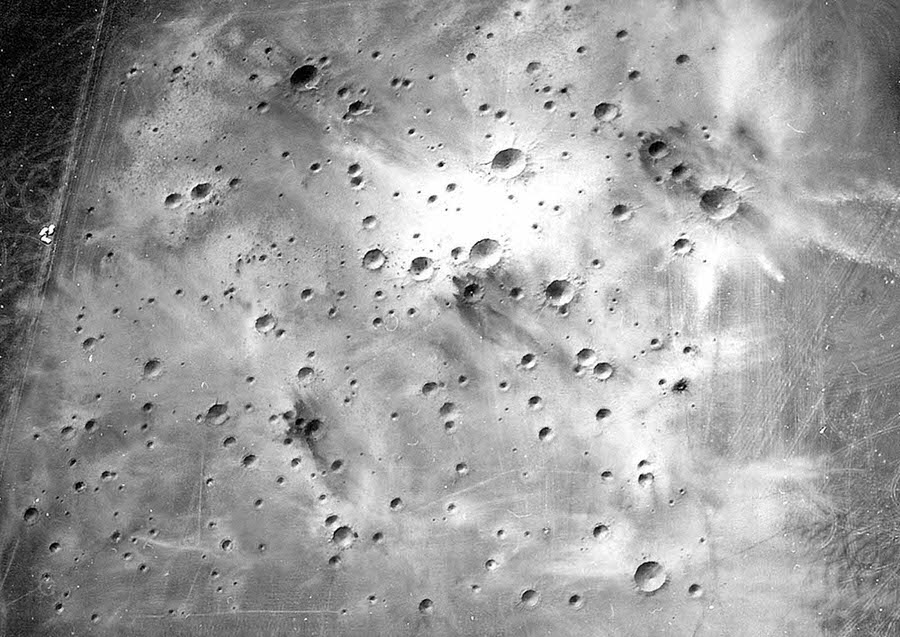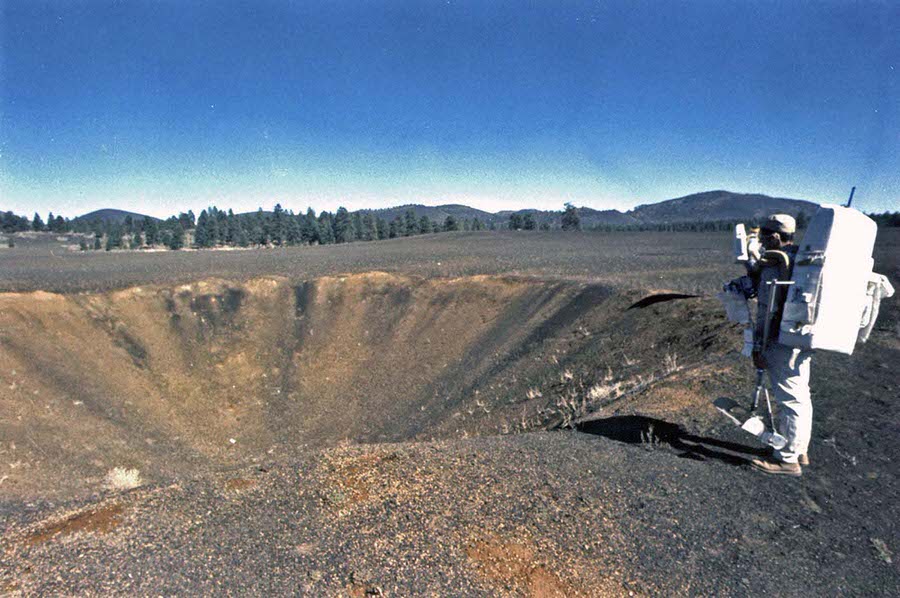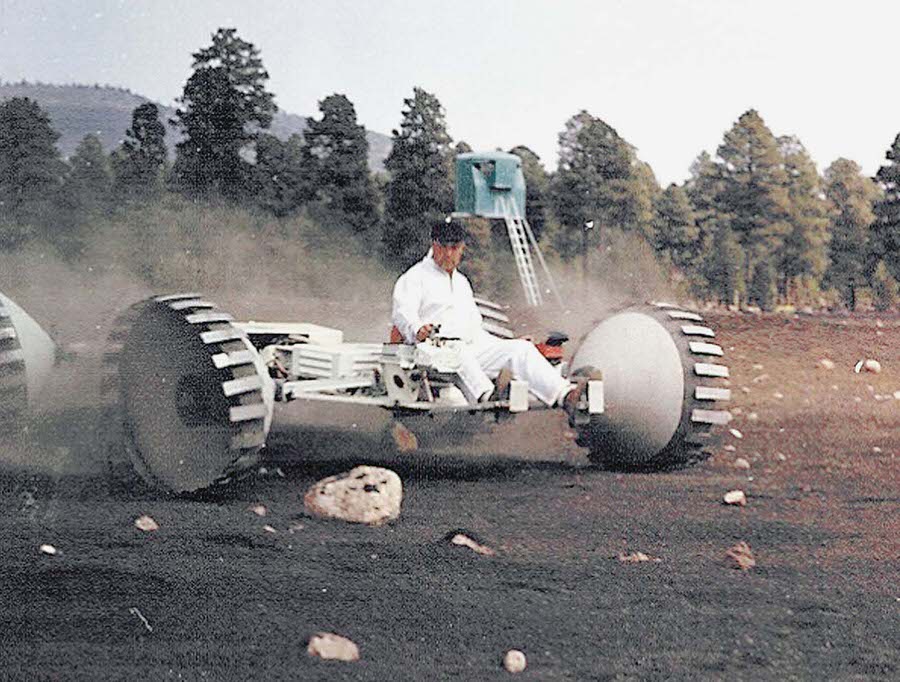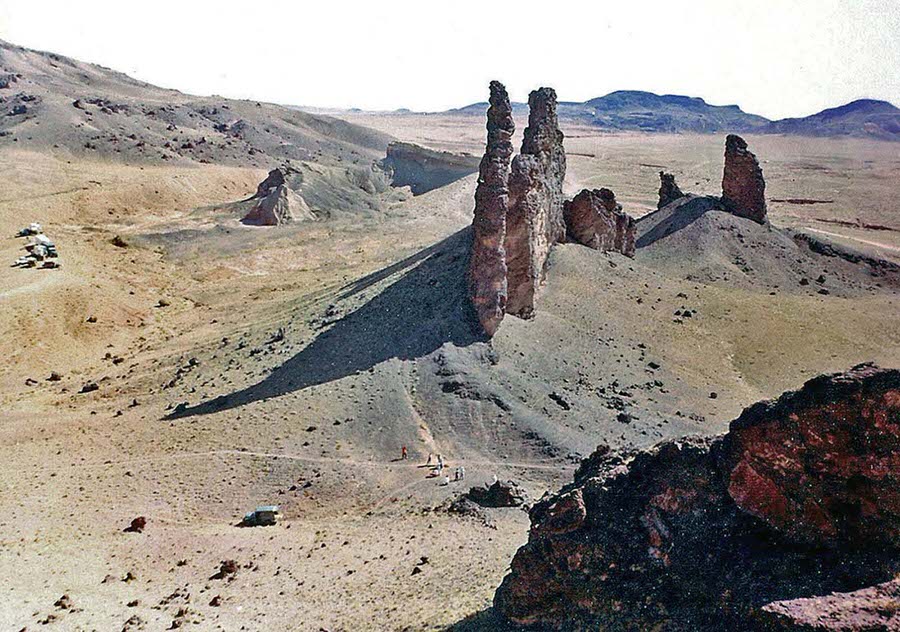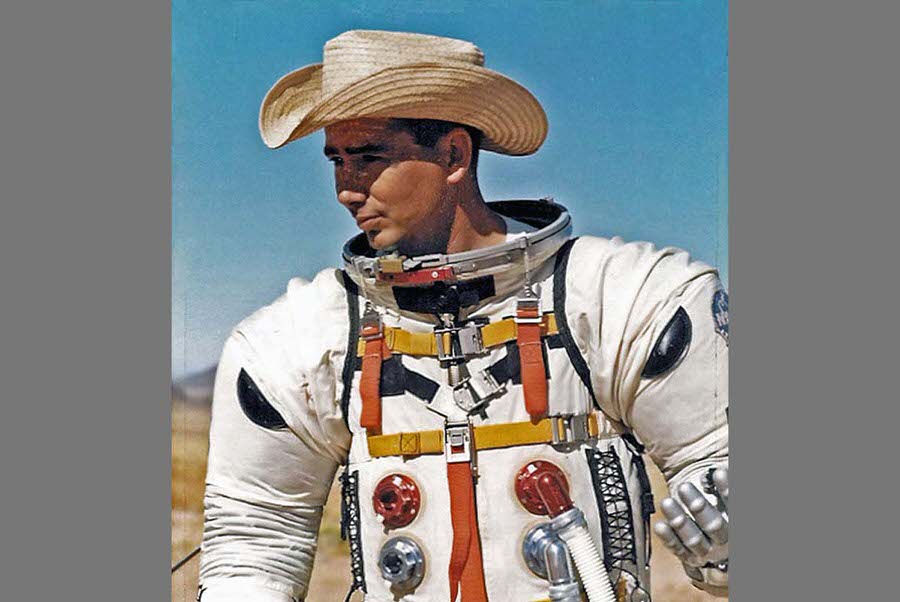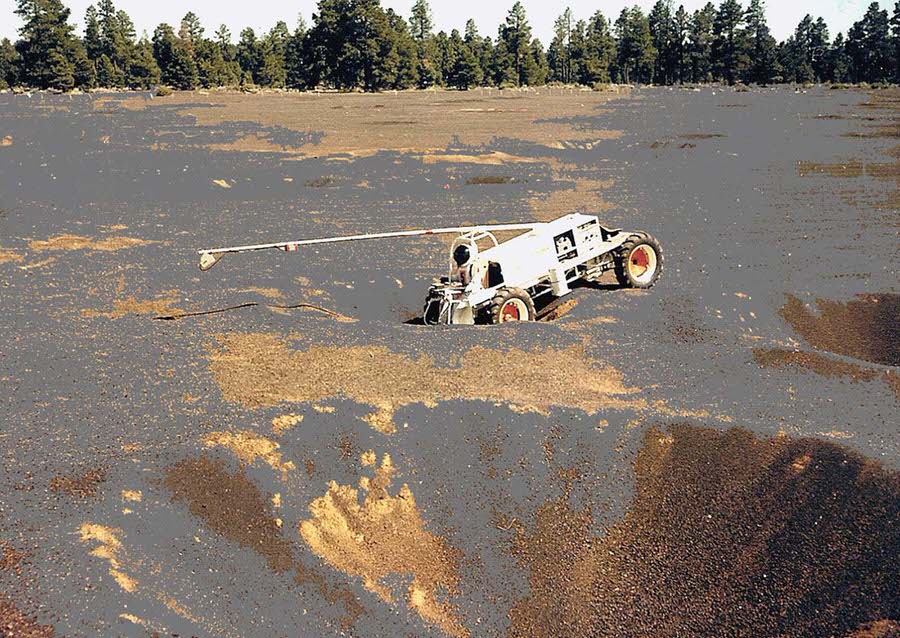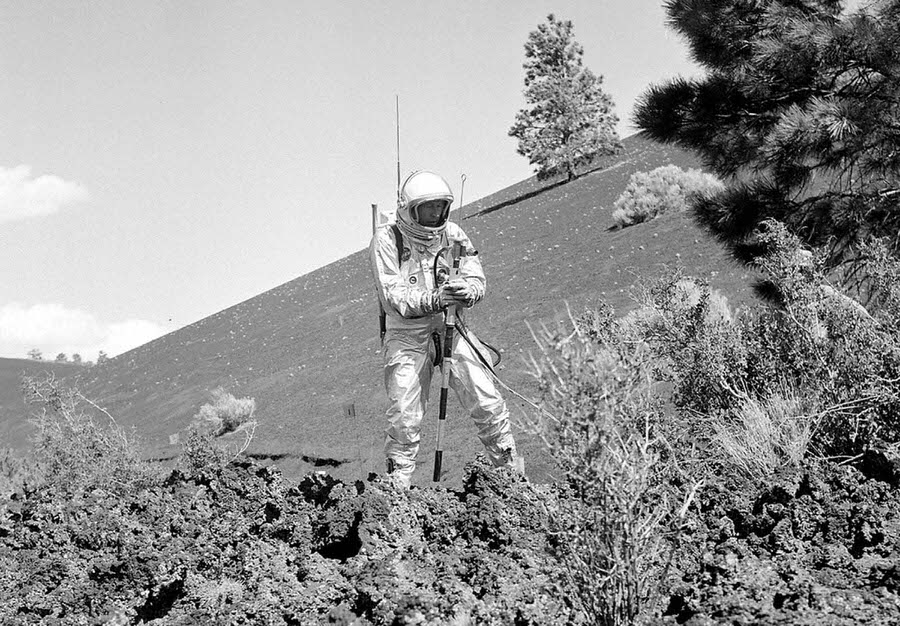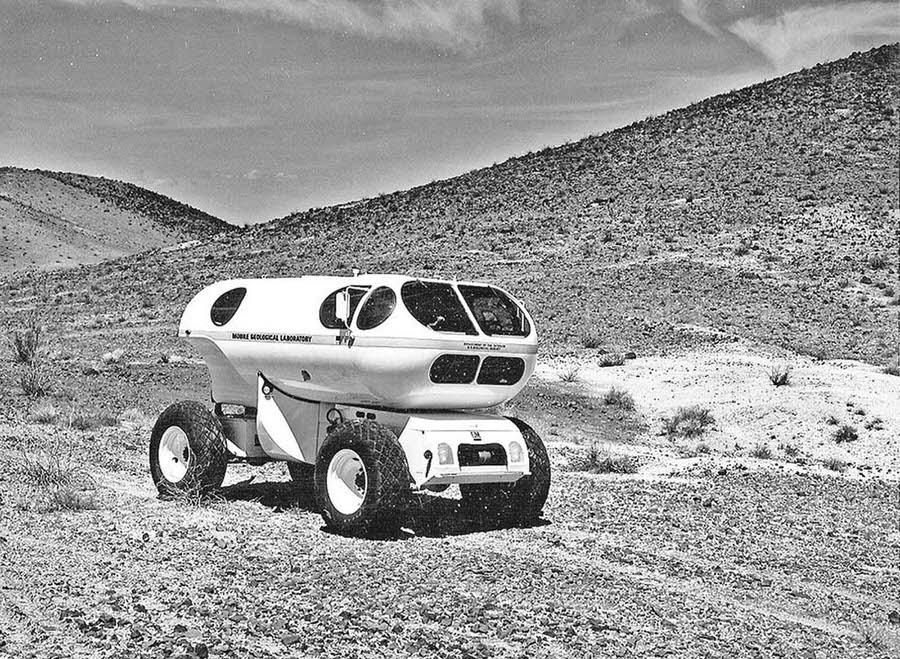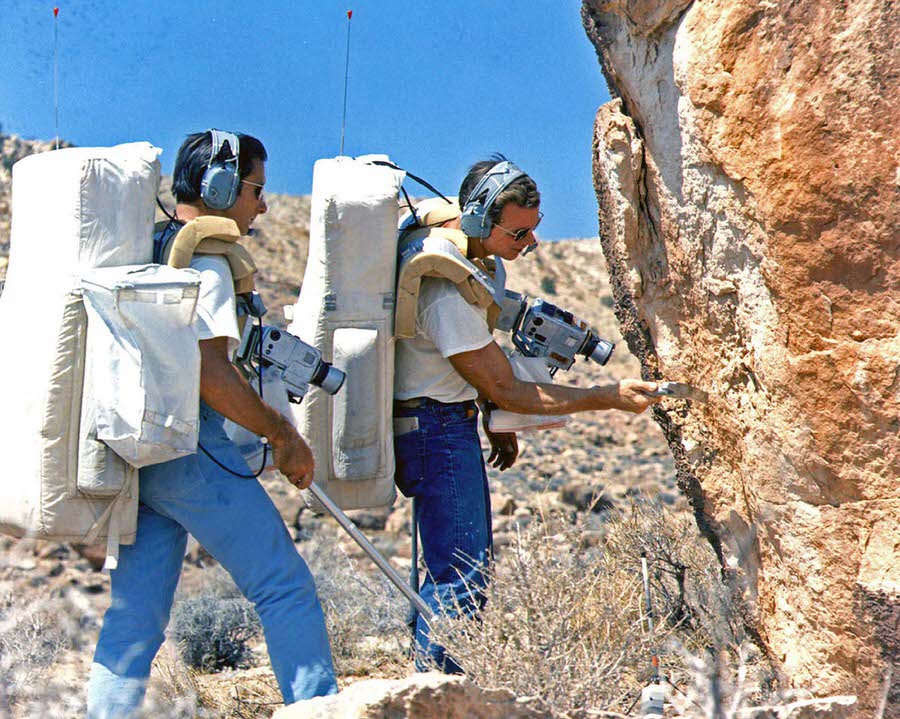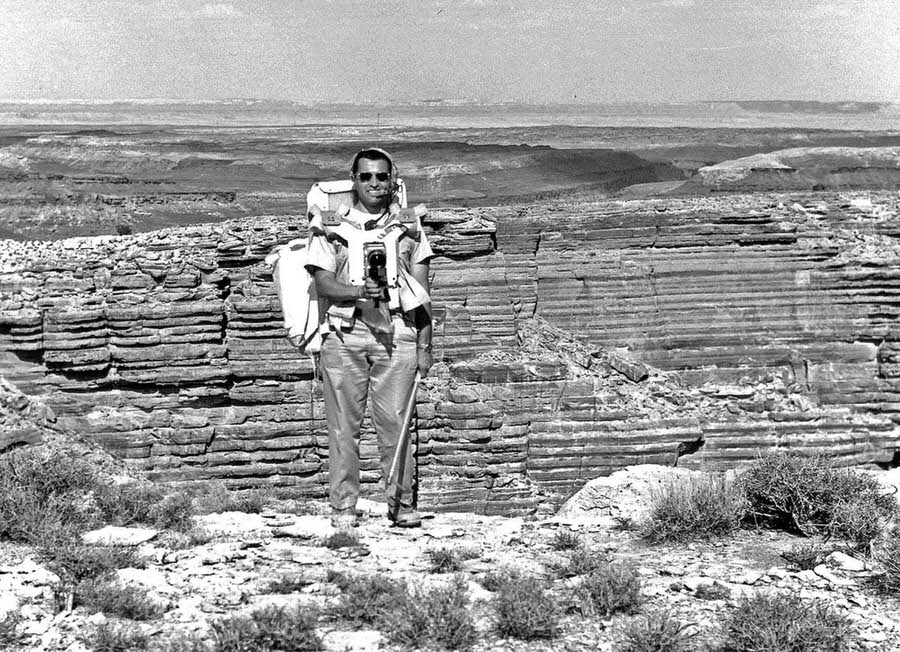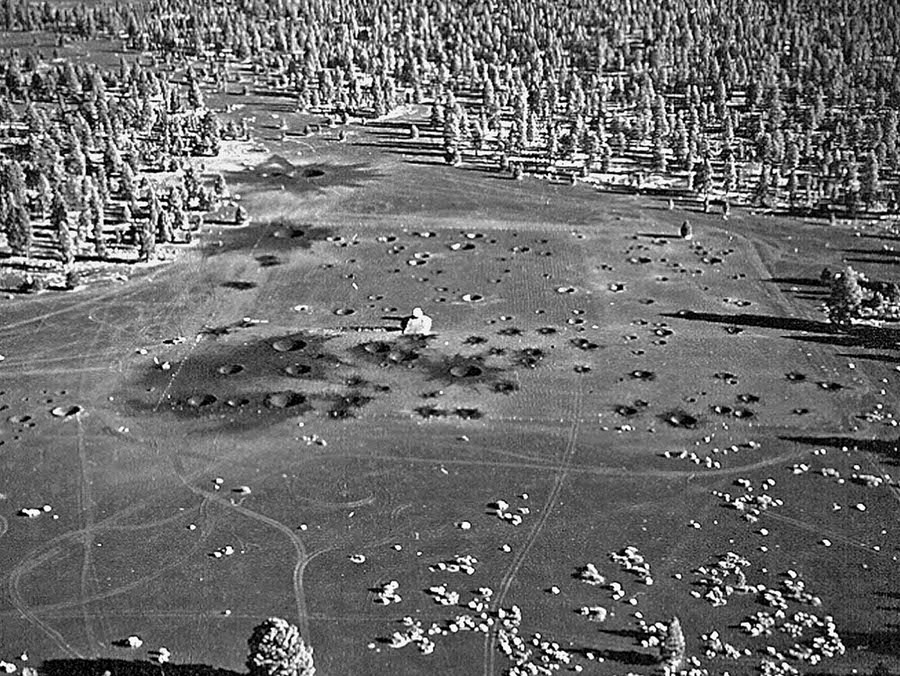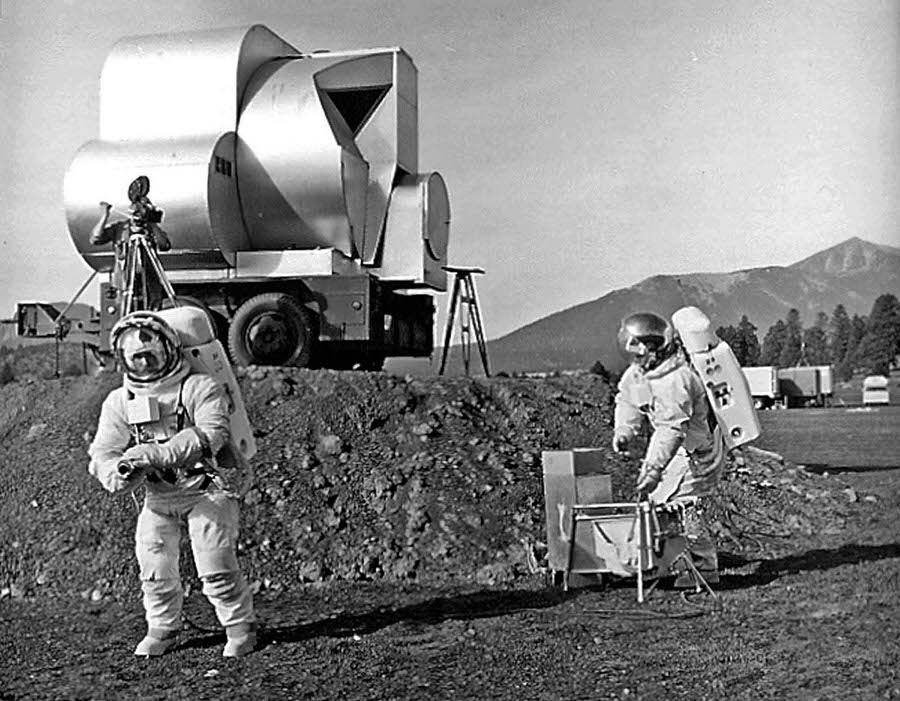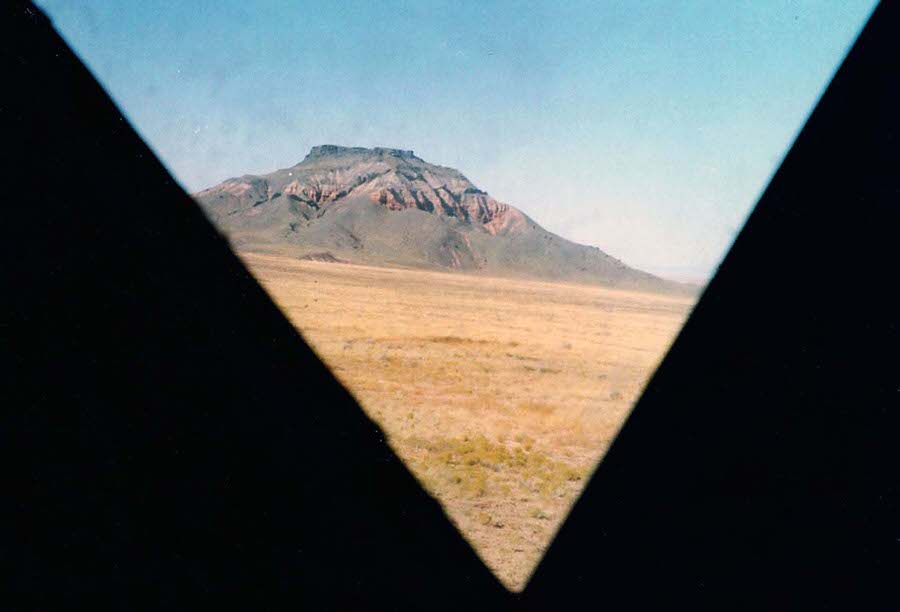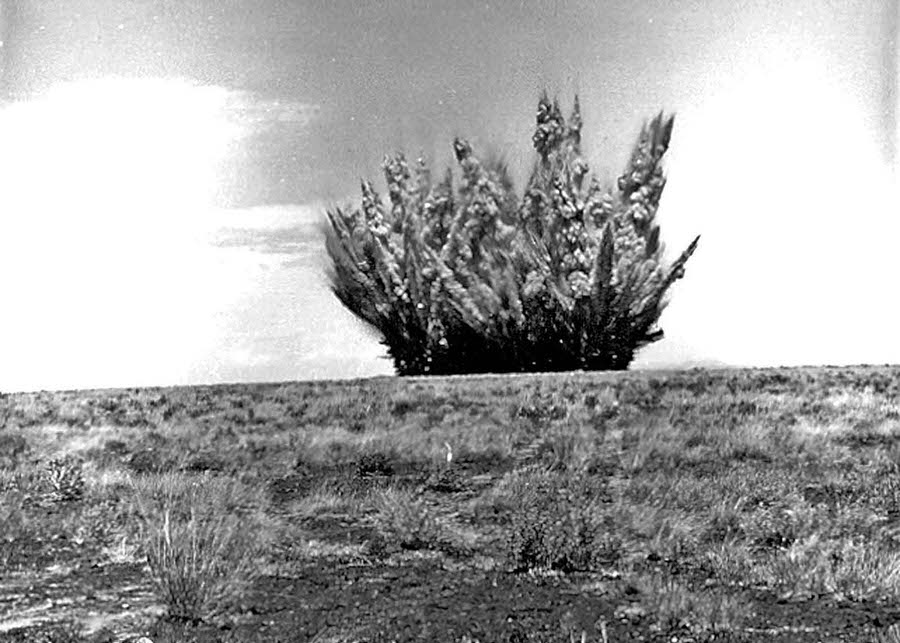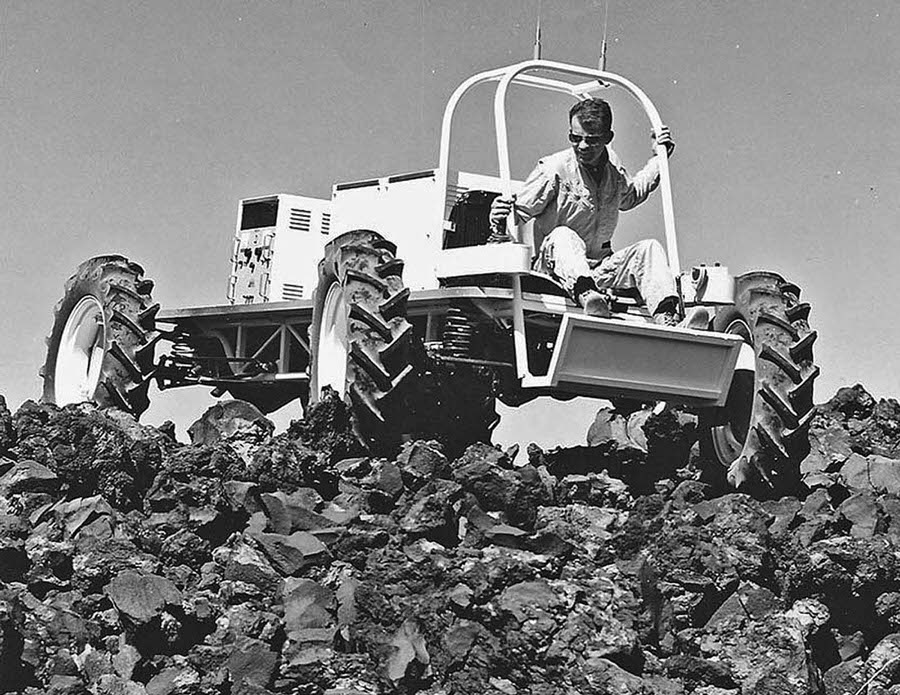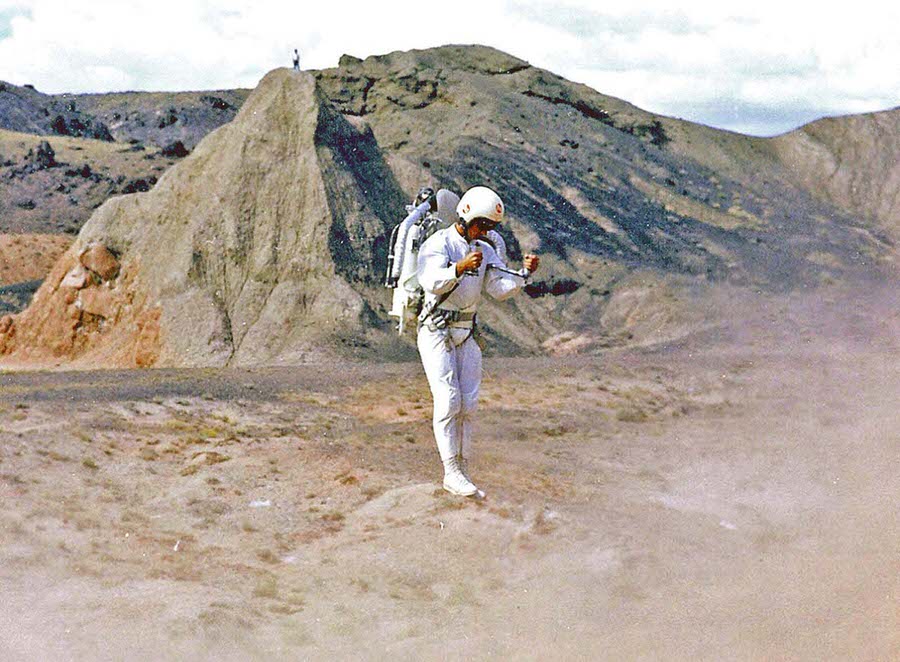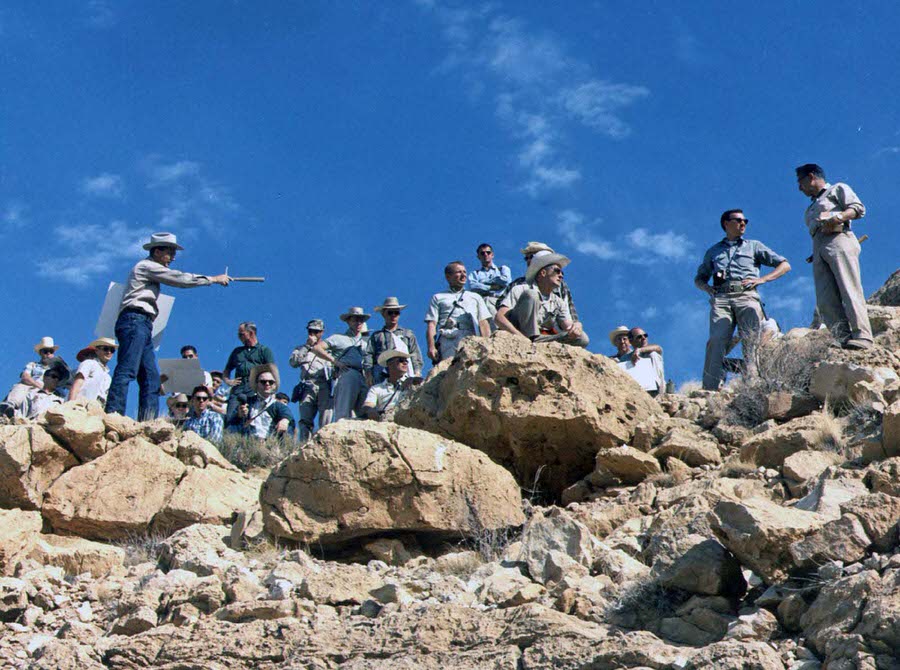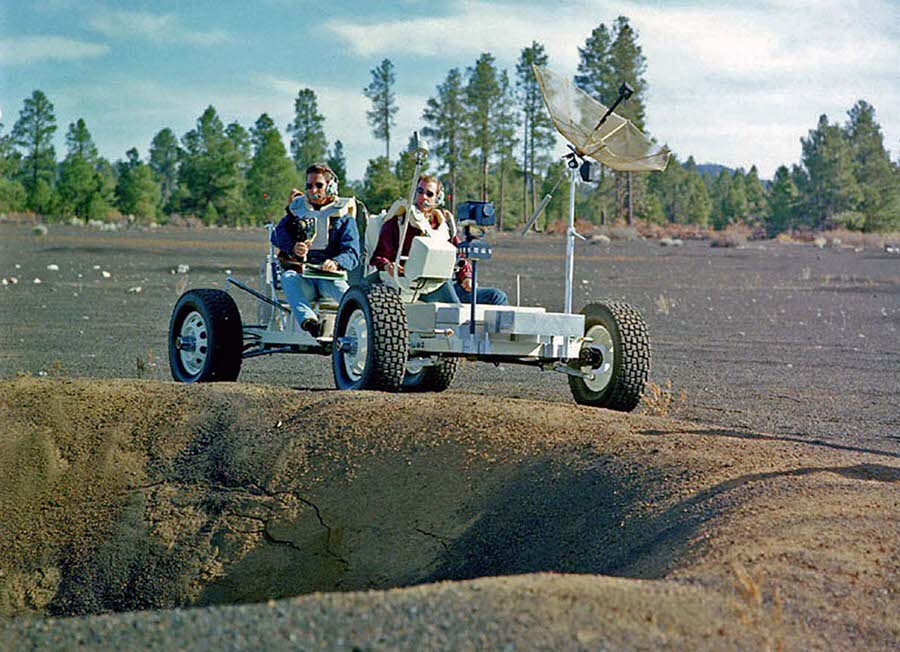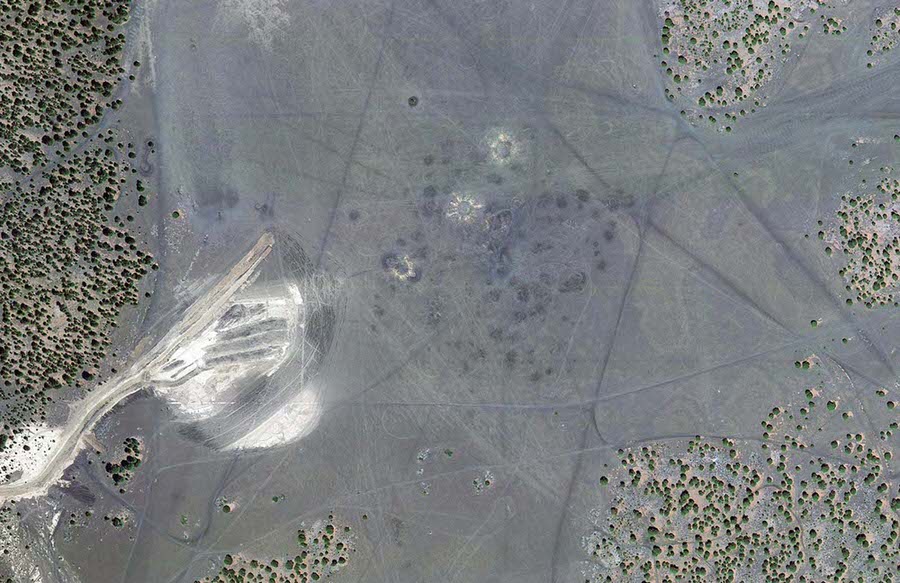NASA needed a diverse and raw landscape to train the astronauts for the Apollo program. Arizona had plenty of existing carters, exposed canyons, volcanic cinder cones, and lava fields to test the equipment, rovers, and suits. Additionally, the nearby Meteor Crater and the great cosmic gash of the Grand Canyon provided an unmatched geological classroom.
The Apollo program’s astronauts were trained in Flagstaff city. It is a small city nestled in a forest of ponderosa pines at the base of the San Francisco Peaks, Arizona’s tallest mountains. Between January 1963 and November 1972, scientists based in Flagstaff would lead 200 separate geological field-training exercises for NASA’s astronauts.
The Apollo program ran from 1961 to 1972, the first crewed flight in 1968. Apollo 8 was the first crewed spacecraft to orbit another celestial body, and Apollo 11 was the first crewed spacecraft to land humans on one.
Take a look at these photos below that show how astronauts were trained for the Apollo missions.


